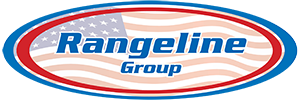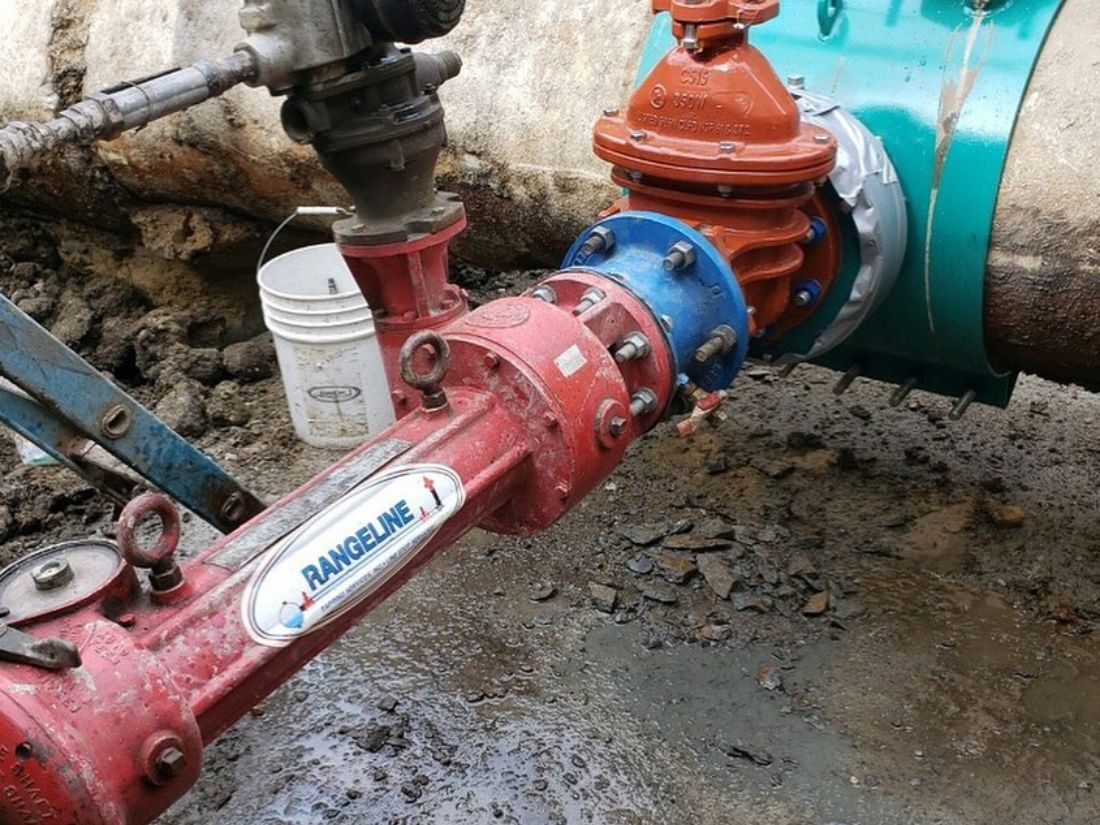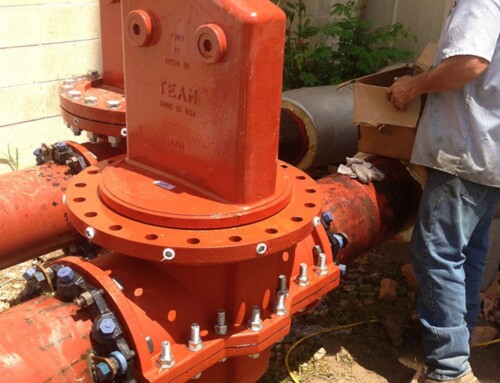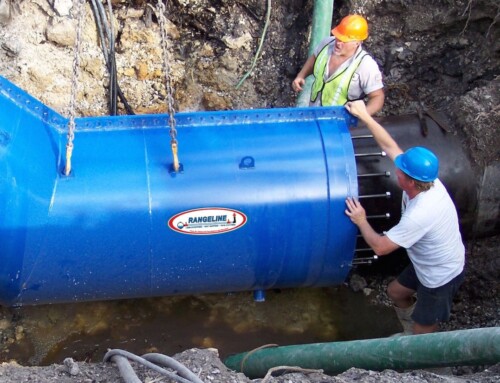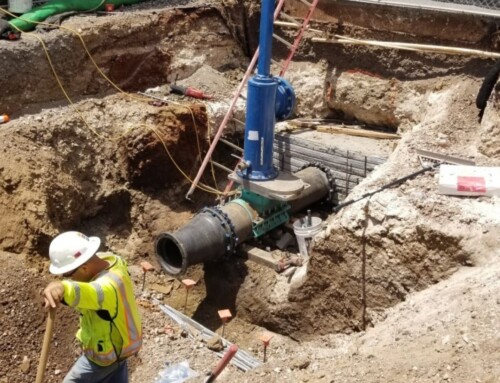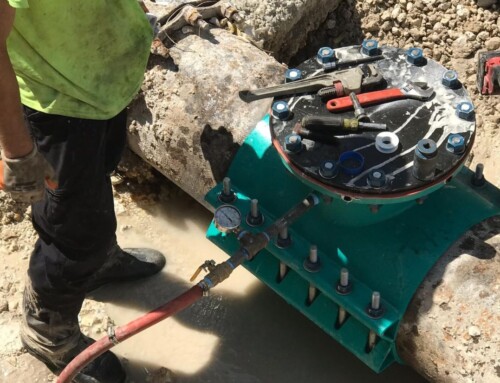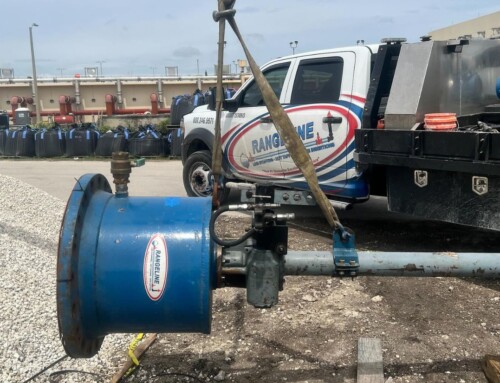Maintaining optimal water pressure is crucial for efficient operations in industrial businesses. Low water pressure can lead to operational delays, compromised machinery performance, and increased maintenance costs. While it’s always a good idea to bring in an industrial piping service for major pressure issues, you can figure out the cause of the problem on your own. We’ll outline four effective methods to diagnose low water pressure issues, ensuring your systems continue to run smoothly and efficiently.
1. Inspect the Supply Line
One of the first steps in diagnosing low water pressure is to inspect the supply line for visible damage or obstructions. Over time, wear and tear on pipes can lead to leaks or blockages that reduce water pressure.
If you notice pressure issues, examine the supply line for corrosion, leaks, or physical damage. Pay particular attention to joints and connections, as issues commonly arise there. After detecting anomalies with the supply line, it may be necessary to repair or replace the affected sections to restore optimal water pressure.
2. Evaluate the Water Pump
In many industrial settings, water pumps play a critical role in maintaining water pressure. A malfunctioning pump can contribute to pressure issues and negatively affect your entire system’s performance.
If you suspect the pump is the source of your problems, check it for damage. Listen for unusual noises, such as grinding or rattling, which may indicate mechanical problems. Additionally, ensure the pump is the right size for your facility’s needs. If necessary, consult a professional to assess whether the pump requires maintenance, repair, or replacement.
3. Monitor Water Pressure Gauges
Water pressure gauges are essential for monitoring the condition of your industrial water system. They provide real-time data, allowing you to quickly identify deviations from the ideal pressure range.
Regularly check the pressure gauges throughout your facility; doing this becomes more crucial when dealing with pressure issues. If you notice a consistent drop in pressure readings, it could indicate a problem within the system. Investigate further by isolating sections of the network to pinpoint the source of the issue. This targeted approach can help you address the problem efficiently.
4. Assess Valve Functionality
Valves are integral components of industrial water systems, regulating flow and pressure. Faulty or improperly adjusted valves can result in low water pressure, disrupt operations, and reduce efficiency.
To diagnose low water pressure issues in this area, begin by inspecting all valves for wear, corrosion, or blockage like you would with your pipelines. Ensure they are fully open and functional. Sometimes, valves may become partially closed or stuck due to obstructions or mechanical failure. Regular maintenance and adjustment of valves can prevent these issues and maintain optimal water pressure.
